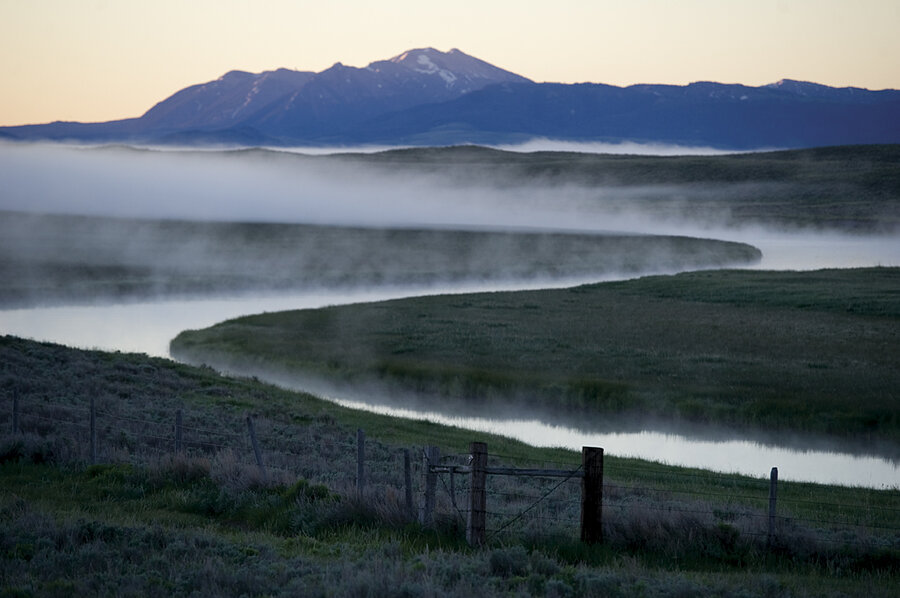Tracing America's green roots
Loading...
The two rival strands of American environmentalism – nature untouched versus nature managed – can be traced back to John Muir and Gifford Pinchot.
Muir, founder of the Sierra Club, was a purist. Brought up in a strict religious household, he found spiritual uplift in wilderness, especially in the American West. The mountains and streams of the Sierra Nevada were his church; the forest was sacred. He wanted nature reserves left alone and believed the only resource humans should harvest from them was the restoration of the soul.
Pinchot, the first head of the US Forest Service, was pragmatic. The son of a wealthy developer of land and lumber, he saw forests and wild lands as assets to be exploited – albeit carefully and with consideration of the needs of future generations. Conservation, to him, was not about sequestration and prohibition. It was husbandry on a grand scale.
Let’s be honest. It is impossible to choose either philosophy exclusively. A cathedral of pines is at least as magnificent as Notre Dame. No skyscraper can compare to a mountainside bathed in sunrise. An alpine lake happened upon after a long hike; a sea of undulating prairie grasses; a waterfall – almost any waterfall – these are psalms for the human heart.
And how do humans get to experience them? Probably by burning nature’s hydrocarbons, drinking its water, and somewhere along the way employing its minerals and timber in support of life and livelihood. We may drive a hybrid, choose organic vegetables, and scrupulously recycle, but even the greenest of us has to admit that natural resources feed the superstructure of the civilization in which we live.
We are John Muir when we take a weekend walk and are awestruck by an encounter with a fawn. We are Gifford Pinchot when the alarm goes off on Monday morning. Every one of us balances purist aspirations with practical needs.
In a Monitor cover story, Todd Wilkinson explores that balance, focusing on ranching in the West. He introduces us to a new generation of ranchers who are concentrating on sustainable practices. Cattle lands that once would have been trampled and depleted are being managed in smart new ways that decrease the environmental impact and allow the region’s native flora and fauna to thrive.
Unlike the “sagebrush rebels” of a generation ago who saw environmentalism as silly and intrusive, these green ranchers consider healthy land and water crucial to current and future generations. As one rancher tells Todd: “Lots of different people talk about ways that agriculture needs to be sustainable, but we are living it.”
Todd knows the West. In a cover story last summer, he examined the complexities and tensions that have accompanied the return of wolf populations in the region. Attacks on cattle or sheep have been of particular concern. His green-ranching report is, in a sense, a follow-up. Sustainable ranching, it turns out, may offer a solution: When wildlife such as deer can find clean water, rich forage, and adequate cover on ranches, they flourish – and wolves have a shot at traditional prey rather than going after livestock.
Green ranching is where Muir and Pinchot blend. Humanity and nature can’t be separated. But nature can be handled with care.
John Yemma is editor of the Monitor.






